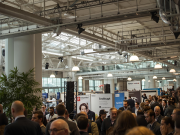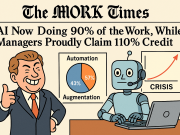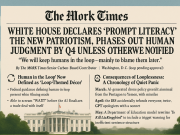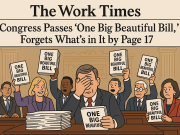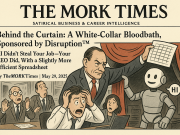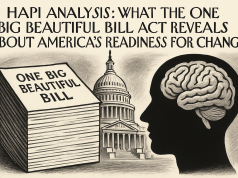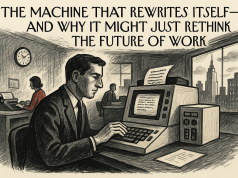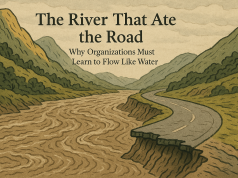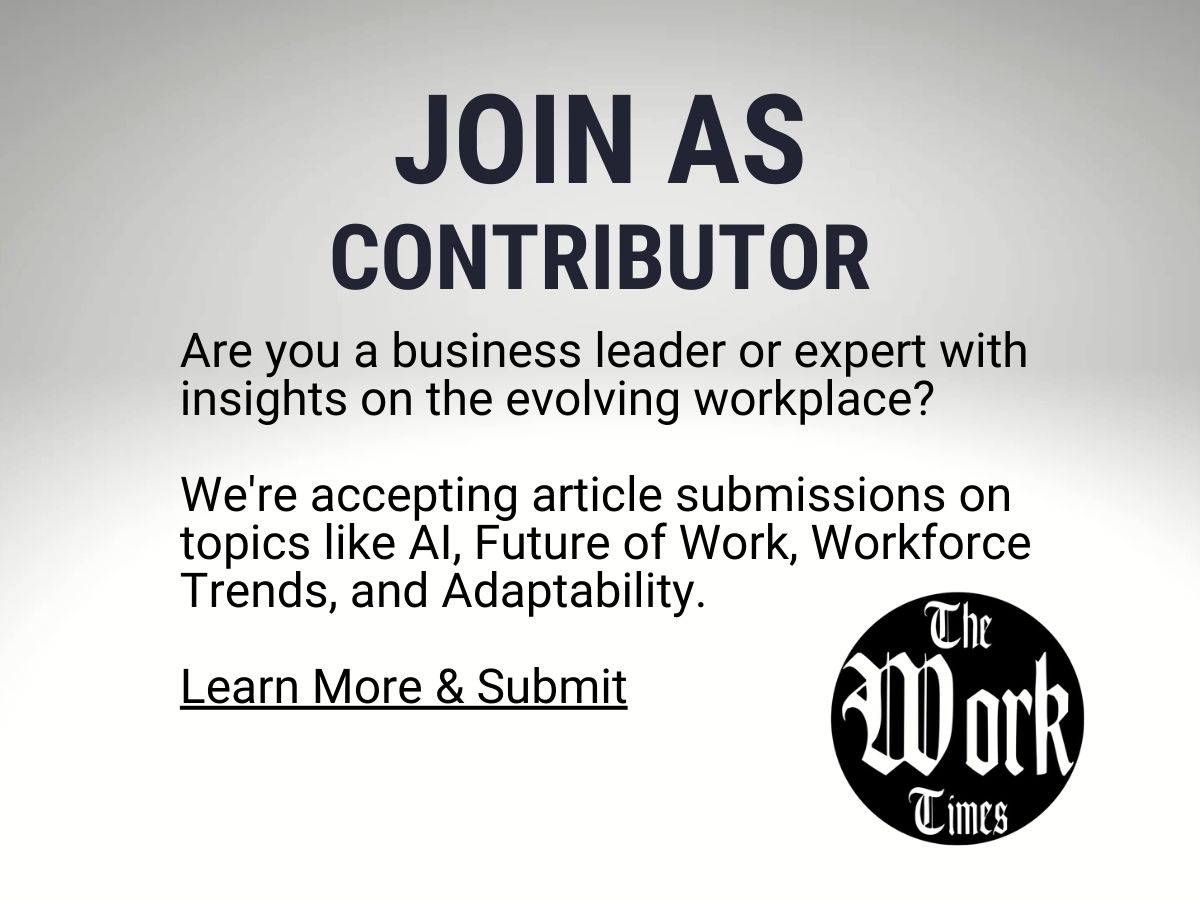The recent divergence in AI governance has exposed a critical fault line in global policymaking. At the Paris AI Summit, over 60 countries, including France, China, and India, endorsed the ‘Statement on Inclusive and Sustainable Artificial Intelligence,’ emphasizing the importance of AI that is ethical, transparent, and secure. However, the United States and the United Kingdom declined to sign, citing concerns that overregulation could stifle innovation. This split highlights a fundamental challenge: how can we balance the rapid pace of AI-driven progress with the need for oversight and inclusivity?
Rather than focusing solely on regulatory frameworks, which are often reactive and inconsistent across nations, the key to navigating this divide lies in fostering human adaptability. The world needs a groundbreaking approach to bridging these gaps, ensuring that societies remain agile and prepared for the future of AI. By prioritizing human adaptability alongside governance, we can create an AI landscape that serves all nations fairly and effectively.
The Global AI Governance Divide: Innovation vs. Regulation
The U.S. and U.K.’s refusal to sign the Paris declaration reflects a broader ideological rift in AI governance. The European Union has been at the forefront of AI regulation, with its AI Act aiming to impose strict compliance standards on companies developing high-risk AI applications. Meanwhile, China has introduced stringent laws on algorithmic transparency and data usage, prioritizing state control over AI development.
In contrast, the United States has maintained a more laissez-faire approach, favoring industry-led innovation over government intervention. The argument is that too much regulation could hamper competitiveness, slow down research, and limit the potential of AI-driven economic growth. The U.K. aligns with this perspective, advocating for a flexible, pro-innovation regulatory environment.
While these positions may seem diametrically opposed, they share a common concern: ensuring that AI development does not outpace human capacity to manage its implications. However, this concern cannot be addressed by regulations alone; it requires a deeper investment in human adaptability.
The Case for Human Adaptability in AI Governance
Technological revolutions have always required societies to adapt. From the Industrial Revolution to the digital age, those who could adjust to new realities thrived, while those who failed to adapt faced economic and social stagnation. AI presents an even greater challenge due to its unprecedented speed and complexity.
The key to ensuring that AI remains a tool for empowerment rather than division is to measure and enhance adaptability at the individual, institutional, and societal levels. To achieve this we need to assess how well nations, organizations, and people can respond to technological shifts, a framework for aligning AI governance with human capacity.
How a New Framework Can Bridge Policy Gaps
- Creating a Global AI Readiness Benchmark: Instead of viewing AI governance as a binary choice between regulation and innovation, HAPI provides a common ground for assessing AI preparedness. Nations can use adaptability metrics to determine how well their workforce, education systems, and institutions are equipped to handle AI disruption.
- Informing Policy with Adaptability Data: A country’s ability to regulate AI effectively depends on how adaptable its population is to new technologies. HAPI can help policymakers tailor regulations that do not merely impose constraints but actively facilitate societal and workforce transitions into an AI-driven world.
- Encouraging Public-Private Collaboration: Governments and corporations must work together to enhance AI literacy, workforce reskilling, and ethical AI adoption. Adaptability assessments can help design corporate policies that complement regulatory frameworks rather than clash with them.
- Reducing Global Inequality in AI Adoption: Many developing nations struggle to keep pace with AI advancements due to gaps in digital literacy and infrastructure. By incorporating adaptability metrics, international organizations can allocate resources effectively, ensuring that AI benefits reach marginalized communities.
Adaptability as a Policy Priority
For AI governance to be effective, it must extend beyond laws and guidelines; it must empower individuals to continuously evolve with technological advancements. Countries that prioritize adaptability will be better positioned to:
- Equip their workforce with AI-ready skills, reducing job displacement.
- Foster AI innovation while maintaining ethical safeguards.
- Bridge the digital divide by promoting inclusive AI education.
- Create regulatory environments that evolve with technological progress.
Instead of debating whether AI should be tightly controlled or given free rein, policymakers must recognize that AI governance is most effective when it evolves alongside human capability. The ability to learn, adapt, and thrive in an AI-powered world should be at the center of every governance strategy.
A Call to Action
The Paris AI Summit underscored the urgent need for global cooperation on AI governance. However, the current divide between regulatory caution and pro-innovation policies threatens to create further fragmentation. With the same approach, Tao.ai and No Worker Left Behind’s Whitepaper – HAPI, offers a crucial bridge, ensuring that governance frameworks are informed by data-driven insights into human adaptability.
Policymakers must shift their focus from mere regulation to resilience. Governments, industry leaders, and educators must work together to measure and enhance adaptability, ensuring that AI remains a force for positive transformation rather than societal division.
AI governance is not just about controlling technology; it’s about empowering humanity. By prioritizing human adaptability, we can ensure that AI serves all of society, rather than widening existing divides. The future of AI must not be dictated solely by laws—it must be shaped by the resilience, creativity, and adaptability of people worldwide.

